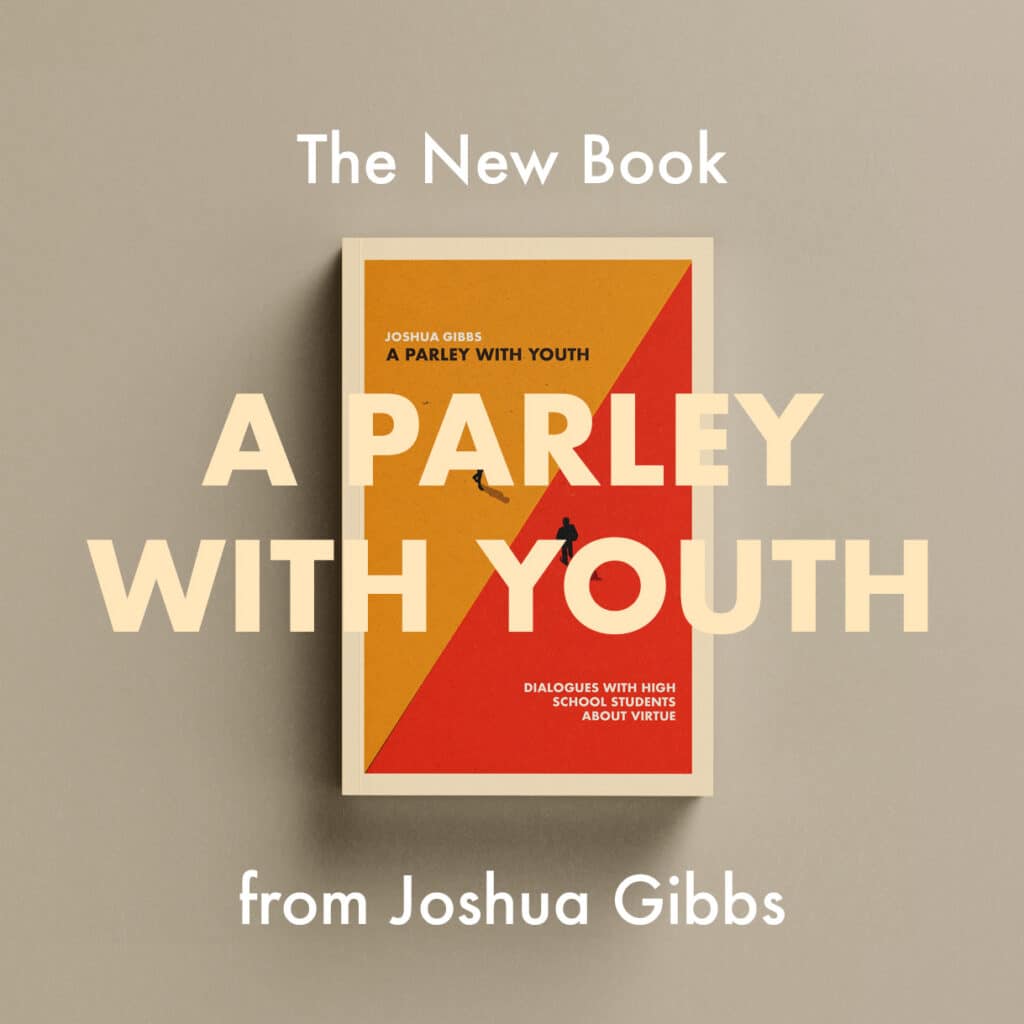A Definition of Fine Art and What to Do With It (Part 2)

The following is the second of two posts relating to the importance and incorporation of fine art into the curriculum of the lifelong Christian student.
If it is true that fine art is intended to lead us to joyful, soul-feeding contemplation of the glories of God, then why the mass resistance to making it a regular feature in the culture of our hearts? Why do we, collectively speaking, struggle so much to engage with fine art? Why do so many, when asked to provide an answer for, “Classical music is _______,” say “boring” or “not my thing” rather than “beautiful” or “soul food”?
There are perhaps many answers to these questions, but the primary culprits seem to be issues of taste, effort, and context.
Taste rules our day. Music, movies, and entertainment have become about me, me, me—the music that I want all the time. When we have a constant intake of art or entertainment that is playful, light, or simple, we do not develop a taste for fine art. We want to dance or bob our heads or laugh or relax, not be still and consider the deep truths of life.
A survey of popularly acclaimed music aptly proves the point. The most critically acclaimed artist of modern times is The Beatles. Top-selling artists include the likes of Michael Jackson and Madonna. The most popular “artist” at the end of 2022 was a rapper named Lil’ Baby, whose name says it all. Leaving aside for the moment the moral and spiritual issues at stake, consider this music in terms of its fineness. As we’ve discussed, The Beatles, while creative and talented, are sometimes “light” (“I Want to Hold Your Hand”) and other times lacking in what we are calling mastery (“Yesterday”). Madonna’s and Michael Jackson’s music is not made for deep experiences or contemplations, but for dancing, fun, and feel-good enjoyment. Lil’ Baby’s top hits, filled with references to “Lambos” and Ak-47s, are neither weighty, masterful, nor nuanced. If this is representative of the type of music our culture, including at least some of our students, engages with, it is a very small wonder people have a taste for all rap and no Rossini. We could apply this to the other fine arts as well. Cartoons and comic books have affected our taste for fine paintings and sculptures. Twilight and Diary of a Wimpy Kid have affected our taste for Shakespeare.
A second reason we fail to appreciate fine art is because real effort is required to fully enjoy it. A young man has to give fine art his full attention if he is to fully gain what it has to offer. A young lady has to sit still for a long time to get to the finale of a symphony. Often, we do not fully appreciate a piece of fine art without training or instruction. If one does not give it his full attention, or sit still for it, or sit under some instruction, fine art tends to become background— nice decoration for the wall or pleasant study music. In short, “popular” art is easier to enjoy, but there is a real effort required to drink from the joyous wells of fine art—an effort that many are not willing to make.
A last barrier to enjoying fine art is context. There are several ways that the context of engaging with fine art matters. Our intellectual context might affect our enjoyment. For example, it is nearly essential to know the translation of foreign lyrics before appreciating the beauty of a fine choral piece. Sometimes life’s contexts can affect our appreciation of art. We might find a painting, poem, or play truly beautiful only after having a child. Or we might have gone through a tragic experience that allows us to more fully see the riches of a certain piece. We may be inhibited by our current physical or emotional context from recognizing the beauty and fineness of a piece—screaming children, stress at work, or life changes. Lastly, it is often essential to experience fine art “in person”: to see a piece of fine music performed and not just hear it through phone speakers, to see art in the museum rather than on the screen, to watch a film with friends in the theater rather than alone on a laptop, to see Shakespeare performed and not only read. When we approach fine art out of any of these contexts, it can hinder our appreciation.
Perhaps some of these barriers resonate with you. Maybe you have struggled to enjoy fine art because you do not have a taste for it, you have not put the effort into enjoying it, or you have not enjoyed it in its proper context. While I don’t think we are necessarily meant to stop engaging with our favorite popular artists and entertainers, we would do well to take a hint from Dr. Christopher Perrin’s ideas on scholé. Perhaps our goal should be about one in seven: one day in seven we could listen to exclusively fine music and, as much as possible, give it our undivided attention, or maybe one in seven outings could be to an art museum or a symphony or a school fine arts night—places with a proper context in which we could give our effort and develop our tastes. I suspect that even such a small effort would result in us and our students drinking deeply, eagerly, and increasingly from the joyous well of fine art, for the nourishment of our souls in the glories of God.
Zach Garrison
After studying film at the University of Southern California, Zach Garrison opted for a career in education, now serving as a humanities and filmmaking teacher at Faith Christian Academy in Kansas City, MO. He is married with three children and has a small dog named Zeus.










